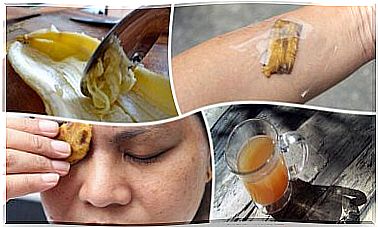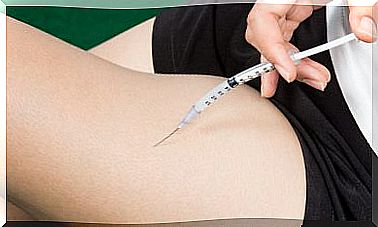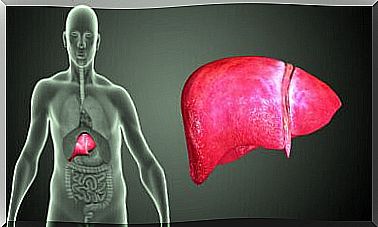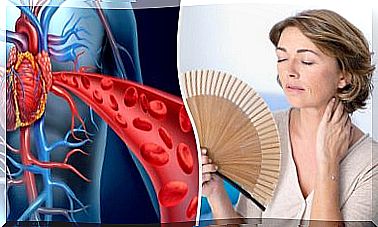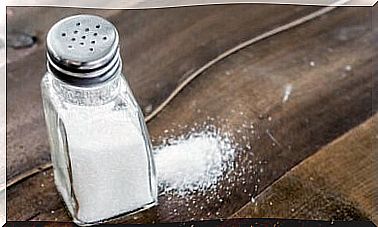Angioma In Adults
Those small redness that appear in many cases on the skin is what we know as angiomas. They are totally harmless.
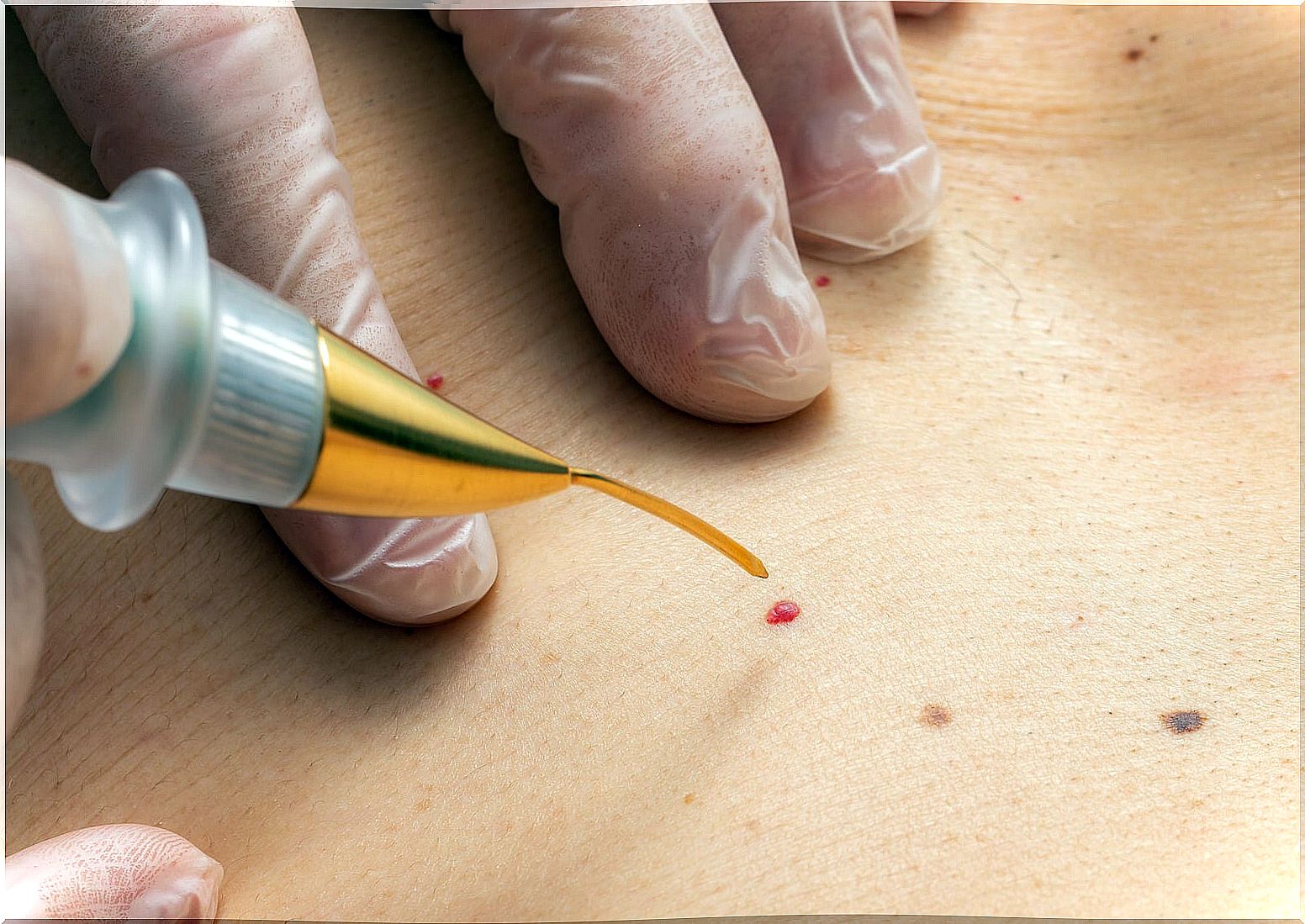
Angioma in adults appears as a red spot or a lesion that looks like a wart, but is not. It is normally associated with hereditary factors, however it has nothing to do with this. This lesion that appears on the skin can do so in many different ways.
Although it is benign, it is important that we know what factors cause the angioma to appear and how to solve it if it has already done so.
Angioma in adults and its characteristics
Angioma in adults can appear anywhere on the body, and the reason for its occurrence is often thought to be due to the growth of blood vessels. This is why if the angioma is scratched or damaged in any way, it can bleed.
It is important to note that its causes are not known for sure. For this reason, it is usually assumed that it is simply an abnormal growth of the blood vessels, as indicated by the experts of the Spanish Society of Internal Medicine.
The most important thing to know is that an angioma does not pose any health risk. It is not a tumor, nor is it a symptom of cancer.
Let’s see below the types of angioma in adults that can be found.
1. Cavernous angioma
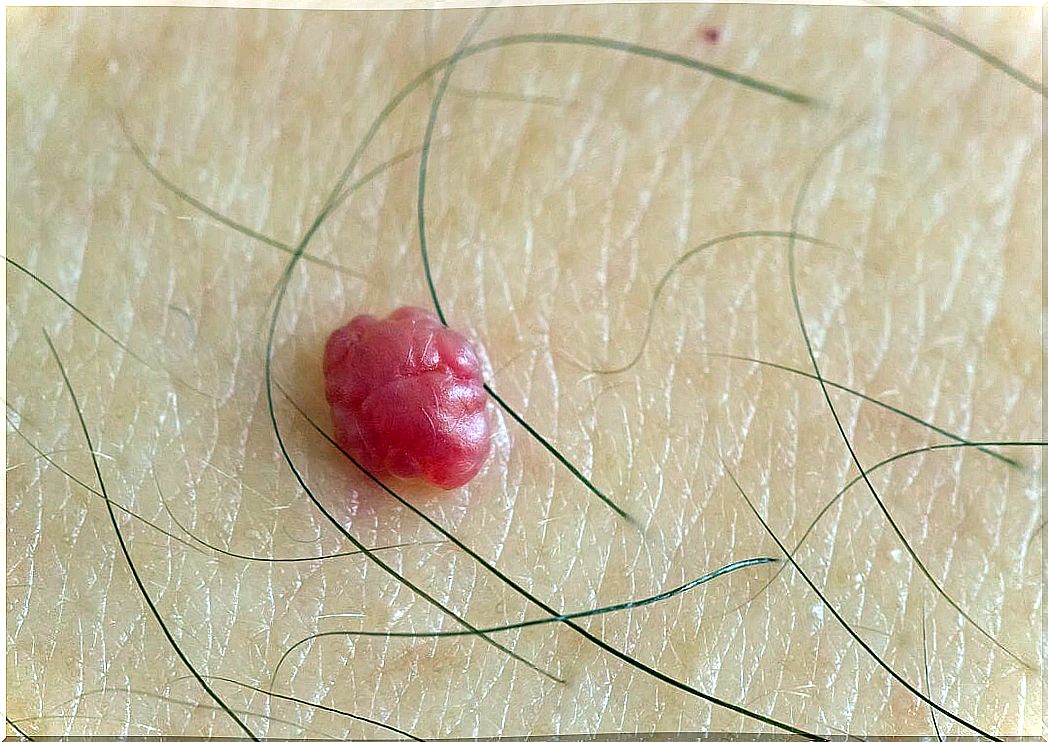
This angioma is a benign neoplasm that appears due to the growth and appearance of a large number of blood vessels. It can appear on the skin, although it can also be present in internal organs.
This first type of angioma in adults is the one with deeper roots, that is, it is not a product of the blood vessels that are in the most superficial part of the skin.
It is usually small in size, although it can reach 6 centimeters. Its shape is bulky, it can almost be mistaken for a wart, only in this case it has a red or pink color. Its edges are usually irregular and it does not pose a health risk.
2. Senile angioma
This second of the types of angioma in adults is also known as ruby nevi. The reason this angioma is called senile is because it usually appears in people who are over 45 years old. Therefore, it is a lesion that is supposed to cause skin aging.
Many people may recognize this type of injury, as they are like red moles, of a very bright color. They are usually small in size, sometimes even imperceptible. They are more present along the trunk on the front and on the back.
3. Spider angioma
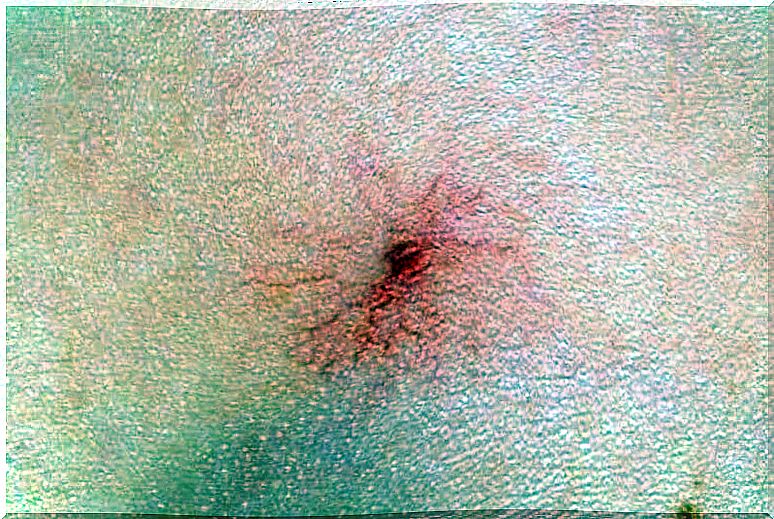
Spider angioma is also known as arachnoid nevi and is possibly one of the most common and unknown angiomas. It appears as a small redness on the face with a central point. Many people identify this with the rupture of a small blood vessel.
However, this type of angioma in adults is caused by a collection of blood vessels. Its appearance usually occurs in women, because one of its causes is the overproduction of estrogens, and in people who suffer from liver disease.
Treatment of angiomas

As we have seen, although the vast majority tend to appear at a very early age, there are 3 types of angiomas that can occur in adults. Some have their causes defined, many times, these are not clear or are just guesswork.
In adulthood, angiomas that appear on the face can make the person who has them complex. However, it is important that we know that just as they appear, they also tend to disappear.
If they bleed, cause discomfort or itch, electrocautery can be used. To do this, you simply have to go to the dermatologist’s office. Under no circumstances should you attempt to manipulate at home.
What the doctor usually does is follow-up for angiomas. In this way, observe if they grow, if there is bleeding, if they increase in quantity … But, as we have said, they generally do not pose any health risk, therefore, the only problem they pose is merely aesthetic.
Have you ever had an angioma? Have you already been born with one or do you know someone who has it?
Once again, we emphasize that angiomas in adults are not very frequent, they tend to manifest more often in children. However, surely some of the types of angioma in adults mentioned are familiar to you.

